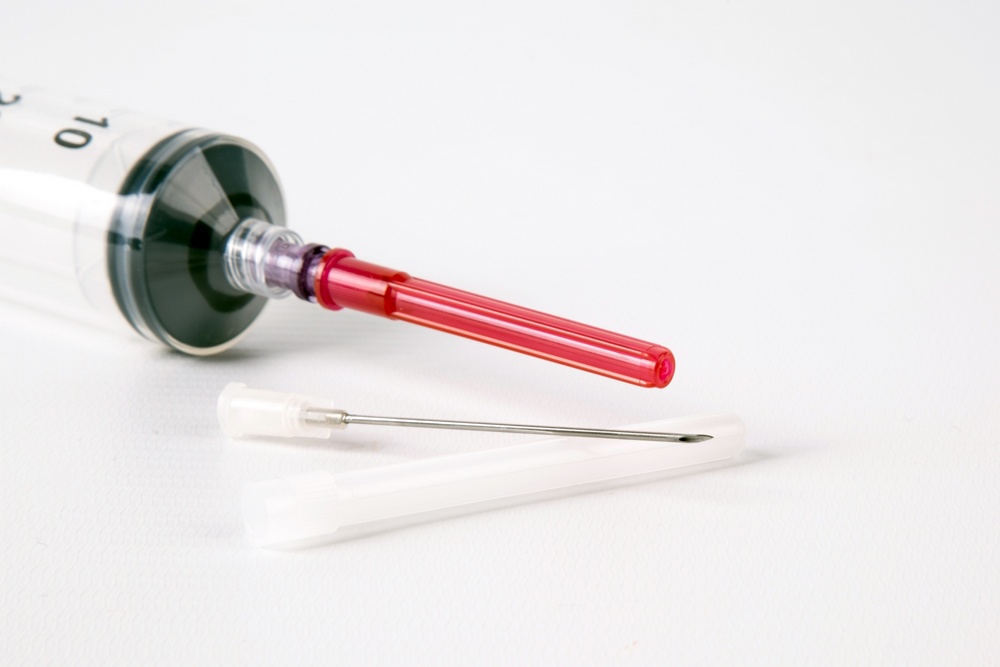Combining Strengths to Confront a Potent Problem
One of the most prominent public affairs topics in recent months has been “The Opioid Crisis” or “The Opioid Epidemic.” Hardly a day goes by without a major news story offering up frightening new statistics about the rising number of opioid abusers, opioid-related arrests or opioid-related deaths.
Clearly, it’s a national healthcare crisis. But in Massachusetts, the problem is particularly acute. Recently, the New York Times noted that across the country, someone dies of an opioid overdose every 24 minutes, while in Massachusetts, the rate is five people a day. According to a posting on mass.gov, the official state website:
“The opioid-related death rate in Massachusetts has surpassed the national average, with an especially sharp rise in the last two years.
“In one way or another — through deaths, nonfatal overdoses, or disruptions to jobs, marriages, families, and neighborhoods — every community in Massachusetts has been impacted by this growing crisis.”
Recently, the New England Society of Healthcare Communications (NESHCO), of which SPRYTE is a member, sponsored a webinar exploring how one community hospital was addressing the crisis. Christopher Smalley, Director of Marketing & Communications, and Sarah Cloud, LICSW, Director of Social Work, for Beth Israel Deaconess-Plymouth in Plymouth, MA, talked about how officials at their hospital worked with local government and community leaders to lead a comprehensive plan of outreach, education, intervention and treatment to address the growing epidemic.
Community Problem/Collaborative Solutions
The first step was to establish a consensus that the Opioid Crisis was more than just a drug-related problem that affected opioid abusers; it was a public health and safety issue affecting families, coworkers, students and others throughout the community. It’s a complicated public affairs/public health issue and there are no easy answers.
The catalyst was a “60 Minutes” style news video about the opioid crisis in Plymouth produced by journalism students from Plymouth North High School, which is just across the street from Beth Israel. The video showed individuals who admitted getting drugs from hospitals by stealing doctors’ notepads and forging their signatures.
The video was a wake-up call. In previous years Beth Israel had helped sponsor a community health program called “Healthy Plymouth” that focused on common concerns such as healthy eating and making healthy lifestyle choices. But opioids were a whole different ballgame. It was a problem that challenged the entire community- businesspeople, professionals and citizens of all categories.
Beth Israel led the effort by reaching out to police and community leaders. Working together, hospital and community leaders obtained a $3.7 million state grant to develop a substance abuse awareness and treatment program. Project Outreach is a collaboration of public safety agencies and healthcare providers designed to respond to the growing number of opioid overdoses by conducting follow-up visits within 12-24 hours after an overdose.
Project Outreach
The two main aspects of the program are overdose follow-up and community outreach.
Overdose Follow-up: After an overdose occurs in a participating community the Project Outreach team comes together to decide the best course of action for the individual. If in-person follow-up is advised, a healthcare worker and police officer goes to the home of the overdose victim. The healthcare worker discusses treatment options with the individual and, if they are willing, helps get them into a treatment program.
Community Outreach: Twice a month the Project Outreach team hosts a drop-in center. At these centers, health care providers help with treatment options, provide training and distribute Narcan at no cost. (Narcan, also known as Naloxone, is often administered in emergency situations to reverse opiate overdose). The drop-in centers are open for anyone looking for information about treatment, including family members and friends. This setting provides a unique opportunity to have the undivided attention of healthcare workers who specialize in treating substance use disorders. They can also answer questions about addiction, discuss treatment options, assist on issues with paying for treatment, and help get individuals into treatment programs.
Making an Impact
During 2016, after the initiation of the program, Project Outreach recorded a total of 2,921 patients provided with behavioral health intervention in the Beth Israel Emergency Department. In addition, of 200 non-fatal overdoses in the Town of Plymouth, 91 declined services in the emergency department and received follow-up care in the community. Another 65 were located and engaged in assessment and 58 were connected to a treatment program.
During the same time, 10 drop-in centers were created within the community, each with the ability to connect patients to treatment without overdosing or having to go to the emergency department. The centers also offer Naloxone training and kits as well as referrals to support services.
A variety of awareness campaigns were also part of the prescription. Project Outreach helped provide information to the surrounding public about Naloxone, Pain Management and Wellness, as well as a MedSafe Drop Box kiosk where people can bring in personal prescriptions that are no longer needed or wanted.
Earned Media
All of this was accomplished primarily through earned media and word of mouth. The only advertising expenditure involved published rack cards to provide information about how to recognize an overdose and other healthcare issues. Stories about the program have appeared throughout the state in local and regional newspapers as well as on radio and TV.
Not only did this help minimize costs for the hospital – in the long run, it enhanced the level of community cooperation that was so important to the program’s overall success. So far, Project Outreach has expanded throughout Plymouth County to 27 towns and cities, as well as five additional hospitals. Project leaders have created a web-based database to collect real time data. They are also providing guidance to healthcare facilities and police departments around the nation as more and more localities seek answers to this virulent problem.
